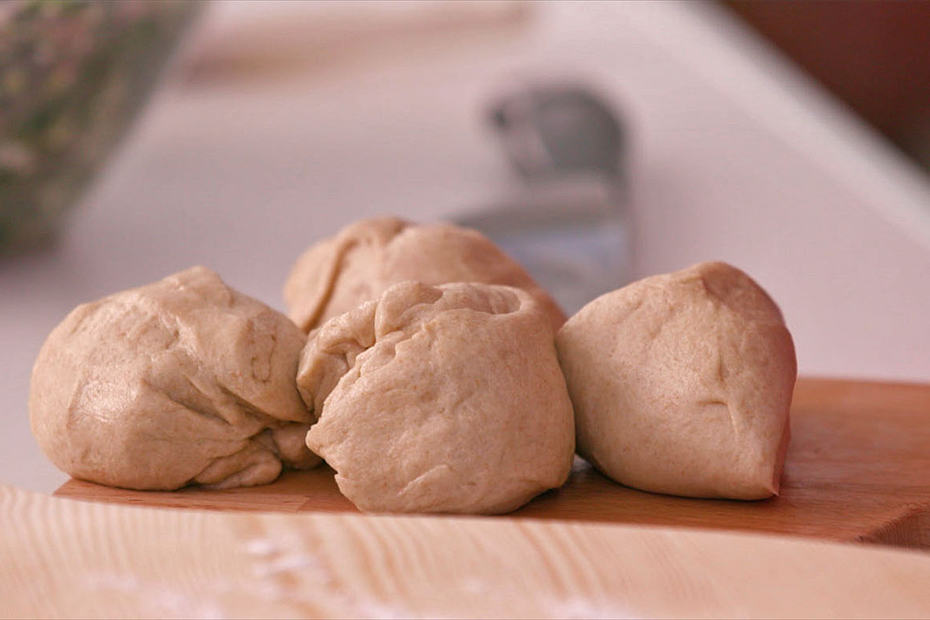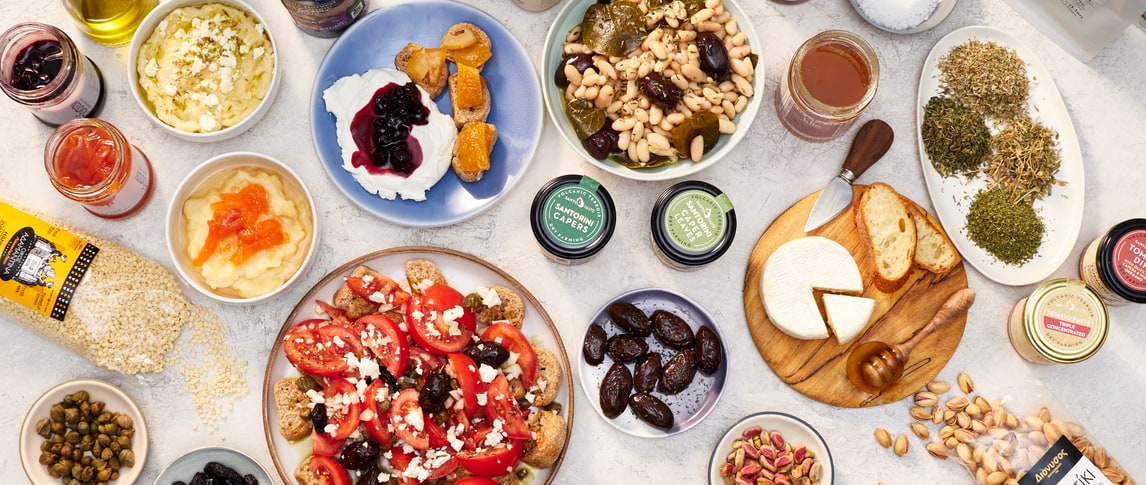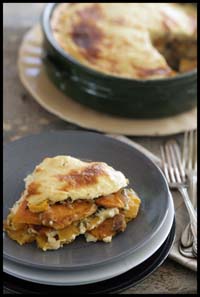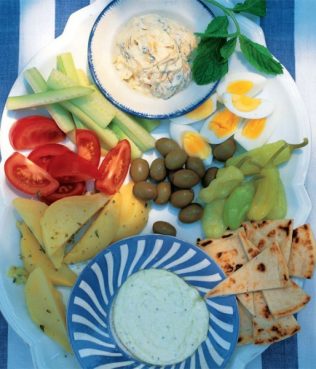
Basic Homemade Phyllo Dough
Ingredients
- 3 1/2 to cups all purpose flour
- 1 scant teaspoons salt
- 1 ½ to 1 3/4 cups warm water as needed
- 1/4 cup extra-virgin olive oil
- 2 tablespoons red wine vinegar or strained fresh lemon juice
- as needed
- NOTE: You can just as easily add the above ingredients to a large mixer with a dough hook and knead in the mixer for about 8 minutes until the dough is smooth.
- Follow the directions for making the individual savory pies.
Instructions
-
Combine 3 1/2 cups of the flour and the salt in a large mixing bowl and make a well in center. Add the 1 ½ cups of water, the olive oil, and vinegar or lemon juice. Work the flour into the liquid with a fork, until a dough begins to form, then knead it in the bowl, adding a little more flour or water if necessary, for about 10 minutes. The dough should be silky, pliant, and smooth. Cover and let rest at room temperature at least 1 hour before using.
Love savory pies and phyllo specialties? Sign up for my online class “Fearless Phyllo – Homemade!” to learn the secrets of making great, easy pies at home!
Notes
Regional Filo Variations in Greece:
Filo in the Ionian: Follow the same directions as for basic phyllo, but reduce water to 1 cup and add a ½ cup of strained plain yogurt together with remaining liquids.
Filo in Epirus: Reduce the amount of water to 1 1/4 cups and add one large egg, beaten, to the ingredients list.
Epirote cooks traditionally use a slightly different technique than the one prescribed above for mixing the dough. In step 1, mix together 4 cups of the flour and the salt in a large basin and make a well in the center. Add the egg to the well. With one hand, sprinkle in the water, a little at a time, and, as you do this, knead the dough by pressing it as it dampens with the back of the other fist, as though «punching» the dough. Keep sprinkling and kneading until a dough mass forms that is smooth and firm and doesn’t stick. Sprinkle in a little more flour if necessary to achieve the proper consistency.
Roll out the dough immediately into a rope about an inch and some thick and divide it into as many individual pieces as the individual recipe specifies. Rub each ball with 1 teaspoon of olive oil and set aside, covered with a kitchen towel, to rest for about 10 minutes. Roll out following the directions in the individual recipes.
Filo in Roumeli (Central Mainland Greece): Follow the directions for basic phyllo, reducing the amount of water to 1 1/4 cups, increasing the amount of olive oil to
1 ½ cups, and reducing the vinegar or lemon juice to 1 tablespoon. The additional olive oil makes for a slightly flakier final result.
Filo in Crete: Most cooks add yeast and a little eau de vie to the basic phyllo dough recipe. Combine 1 packet of active dry yeast in step 1 of the basic recipe, together with the flour and salt. Follow the same directions for mixing and kneading, but use warm water and reduce the amount to 1 cup while increasing the olive oil to half a cup and the lemon juice or eau de vie (not vinegar) to 3 tablespoons. This is the basic phyllo used for making the gamut of Crete’s small skillet pies. It will provide enough dough for 25-30 pastries.










